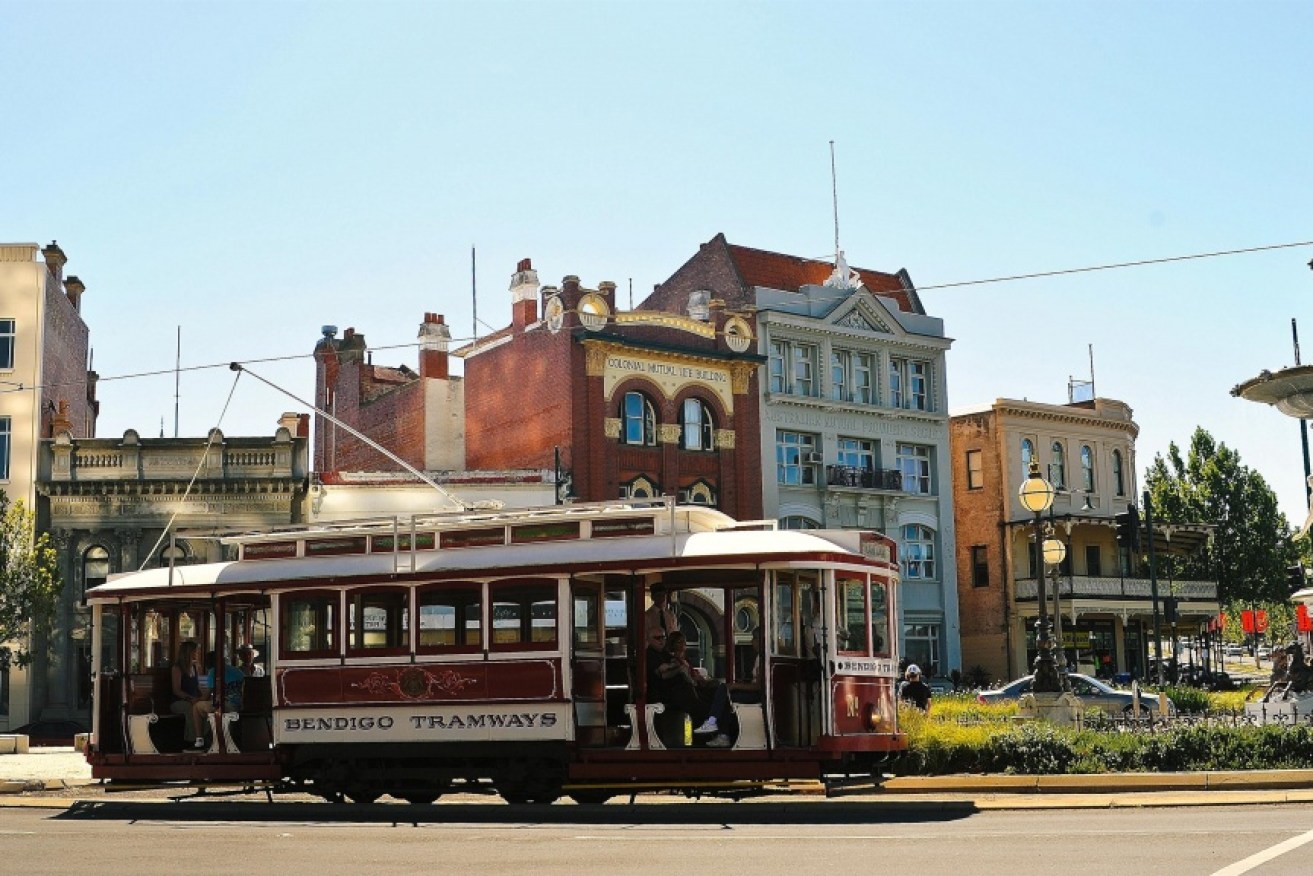Think outside the city for property profits


AAP
It’s an unsettling truth that it’s near impossible to buy a renovated family home close to Melbourne, Sydney or Brisbane on the average salary.
While interest rates are low and banks are willing to lend money, very few people earning $70,000 a year can afford the repayments on an $800,000 home.
It is little wonder some home buyers are looking further afield, with houses on large blocks selling in country and regional areas for a mere fraction of the sky-high city prices.
• Baby boomers too poor to retire due to rising costs
• First home buyers go west
Here’s how to invest regionally and make money.
Research the local economy
Public Affairs manager with the Real Estate Institute of Victoria, Paul Bird, said buyers should be wary of investing outside of cities without doing their homework on the region.
“You want to make sure there is a lot of pressure on rentals and that people are moving to that area, not leaving it,” he said.
“The larger the population centre, the stronger the investment.”
In Victoria, Ballarat and Bendigo were prime examples of solid regional investments with strong population growth, Mr Bird said.

Bendigo is a strong regional investment. Photo: AAP
According to RP Data, Wodonga, on the Victoria-NSW border, was also another potential contender, with prices having grown by 6 per cent in the past 12 months. The average three-bedroom home in Wodonga will set you back $279,000.
Broken Hill, in far west NSW, has also proven to be a strong regional town. According to RP Data, Broken Hill has a median house value of just $149,811, with annual average growth over the past decade at a healthy 11 per cent.
Stick with stability
Mr Bird said buyers should look for economic indicators of long-term growth: people moving to the area, money being spent gentrifying the less well-heeled parts and a diversified economy not solely reliant on tourism, mining or manufacturing.
Many investors, for example, are looking at Belmont, in the Hunter region of NSW, as it supports mining, manufacturing and small agricultural industries.
Some property speculators have been burnt by investing in shaky hot spots, only to see the value of their investment plummet once the industry falters.
The mining towns of Hopetoun and Ravensthorpe, in southern Western Australia, tell a cautionary tale. BHP Billiton opened a $2 billion nickel mine outside Ravensthorpe in 2008, and investors rushed to purchase housing in the towns and secure long-term tenants.
But when the financial crisis hit and BHP Billiton shut up shop in January 2009, 1800 fly-in fly-out workers lost their jobs and – you guessed it – property prices dropped.
The lesson, according to Mr Bird, is not to buy in places reliant on one industry or business.
“You have to be aware that the environment can change very quickly and your rental base may evaporate,” Mr Bird said.
But buyer beware …
There are two reasons to stick to the capital cities.
Inner city demand
Melbourne property investor Stephen Zamykal, a director of four Mortgage Choice franchises and the author of The Investment Property Plan, buyers would be much better off purchasing a one-bedroom apartment in the inner-city than anything regionally.
“You will always have much more demand for rentals, and much better capital growth, within that inner-city ring,” Mr Zamykal said.
• Click on the owl for a run down of what “inner city” means for your capital city
Economic uncertainty
Mr Zamykal said the regions and country areas were also more susceptible to market forces than the inner-city.
“When the economy goes south, it is always the regions that are hit the hardest, they are the first to suffer.”









